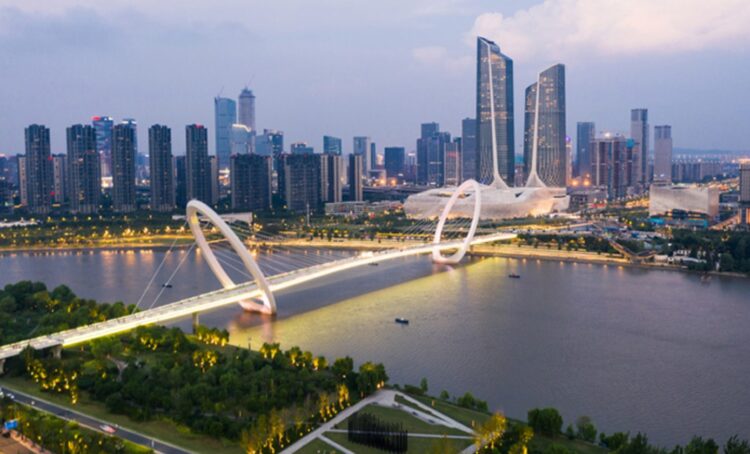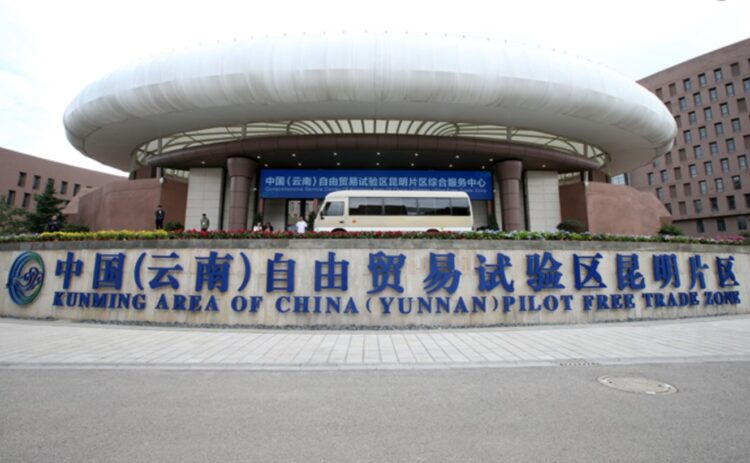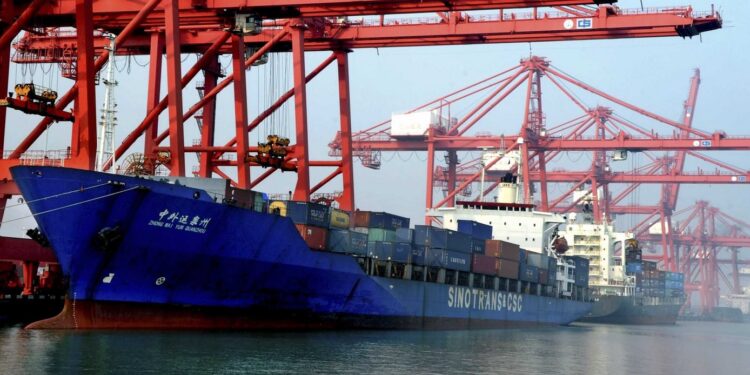In the past few years, many developed and developing countries have turned to the Free Trade Zone (FTZ) model to boost economic growth. In many ways, an FTZ is created with an intent to attract foreign businesses who want very relaxed taxation policies, zero legal hassles, and reduced paperwork.
For a very long time, China has been criticized by the global economic community for being a closed economy. However, the Chinese government in order to integrate the country into the global economy has started 18 FTZs throughout the length and breadth of the country.
In this article, we are going to look at 5 of the best FTZs in China that are ideal for foreign businesses. However, before we proceed to the list of China’s Free Trade Zones, let us first define what are FTZs?

Free Trade Zones: Meaning and Definition
A Free Trade Zone (or even a Foreign Trade Zone in some countries) is a geographically demarcated area within a country created with the aim to boost economic performance.
Specifically, FTZs are designed with the intention of foreign brands who want to use the resources of a specific country but are too afraid when it comes to getting the paperwork done or paying the high taxes.
In short, China’s Free Trade Zone allows any business entity to take advantage of all the good an FTZ stationed country has to offer and negate all the things, which are not feasible for conducive operations.
According to business and financial experts, an FTZ is beneficial for businesses because it helps with-
- Great Cash Flows
- Improves Logistics and Supply
- Create Flexibility in operation
- Use a Market for stopovers
- Employ local labor at reduced prices
For a country, attracting business via the FTZ route can help in improving foreign investments generating employment opportunities. If you wish to know more about starting a business at any of China’s 18 FTZs, you can click here.
List of 5 Best China’s Free Trade Zones for your Business
1. Hainan FTZ

Hainan was added to the list of FTZs in 2018 when China decided to increase the number from 12 to 18. Hainan is an island in Southern China, and the FTZ is likely to be leveraged around the port. Many believe that the aim is to attract shipping companies and logistic ones to the Hainan FTZ. It is speculated that breaking Singapore’s hold over the shipping ports is also another major intention.
2. Lingang FTZ

The newly constructed Lingang FTZ is an extension of China’s first and hugely successful Shanghai FTZ. The attempt is to draw from the success of the Shanghai FTZ and position Lingang as being the hub of trade and commerce in mainland China. Many of the world’s biggest companies are based in the Shanghai FTZ and would not mind a new office or a factory at the Lingang FTZ.
3. Jiangsu FTZ

Jiangsu is also one of the newest FTZs, which was announced as part of the second restructuring in 2019. The FTZ is expected to cover an area of nearly 120 sq. km. It is also supposed to concentrate on heavy manufacturing, with a strong tech and innovation-led approach. Jiangsu is located on the eastern borders of China and is a strategic part of China’s bigger Belt and Road Initiative.
4. Yunnan FTZ

For China, the success of the Yunnan FTZ is critical towards its overall economic plan for the South Asian seas. The Yunnan FTZ is also a strategic location for the Belt and Road Initiative. In addition, it also looks to revive the economy of the Yangtze River Economic Belt. The major industries, which China expects to attract to Yunnan are from the health and medical sectors. It wants businesses to transform Yunnan into a global manufacturer of medical equipment.
5. Guangxi FTZ

The Guangxi FTZ is strategically located to trace the Silk Route trade trajectory of the Chinese with other south Asian countries. It is also part of the Belt and Road Initiative and seeks to connect countries like Laos, Vietnam, the Philippines, and Thailand with China. According to the Chinese state, the aim is to create a free-flowing tourist hub and to develop infrastructure related to logistics and supply in Guangxi FTZ.
Is China Opening up its Economy to the World?
For a very long time, China has been accused of following an economic model, which is export oriented and unfavourable to imports. China has emerged as the manufacturing capital of the world by pursuing such a policy for the last three decades.
However, countries are not calling China out for its protectionist economic policies and its inability to allow foreign manufacturers to compete in the Chinese hinterland.
While China’s Free Trade Zones are a step forward in this regard, they cannot really be referred to as promoting foreign companies to do business.
The recent trade wars with the United States, which led to both the nations imposing tariff on each other is an important development in terms of world trade.
Many other countries are now taking a stand against their markets being flooded by cheap Chinese goods to the detriment of their own local manufacturing.
China continues to grow as an economic superpower and is now the world’s second largest economy after the United States. The attempt to create China’s Free Trade Zones has been done to allow foreign companies to take use of China’s vast skilled labour force and create manufacturing hubs.

The Final Word
According to analysts and experts, China’s attractive and skilled labor along with relaxed taxes, make China’s Free Trade Zones more attractive than others in Asia. For China, it is essential that they try to open up newer areas of economic cooperation and expansion and give vision to their Belt and Road Initiative.
There is no doubt that people have a lot of questions when it comes to doing business in China. However, with FTZs, China is slowly opening up and allowing foreign businesses a completely free environment to run their operations.












